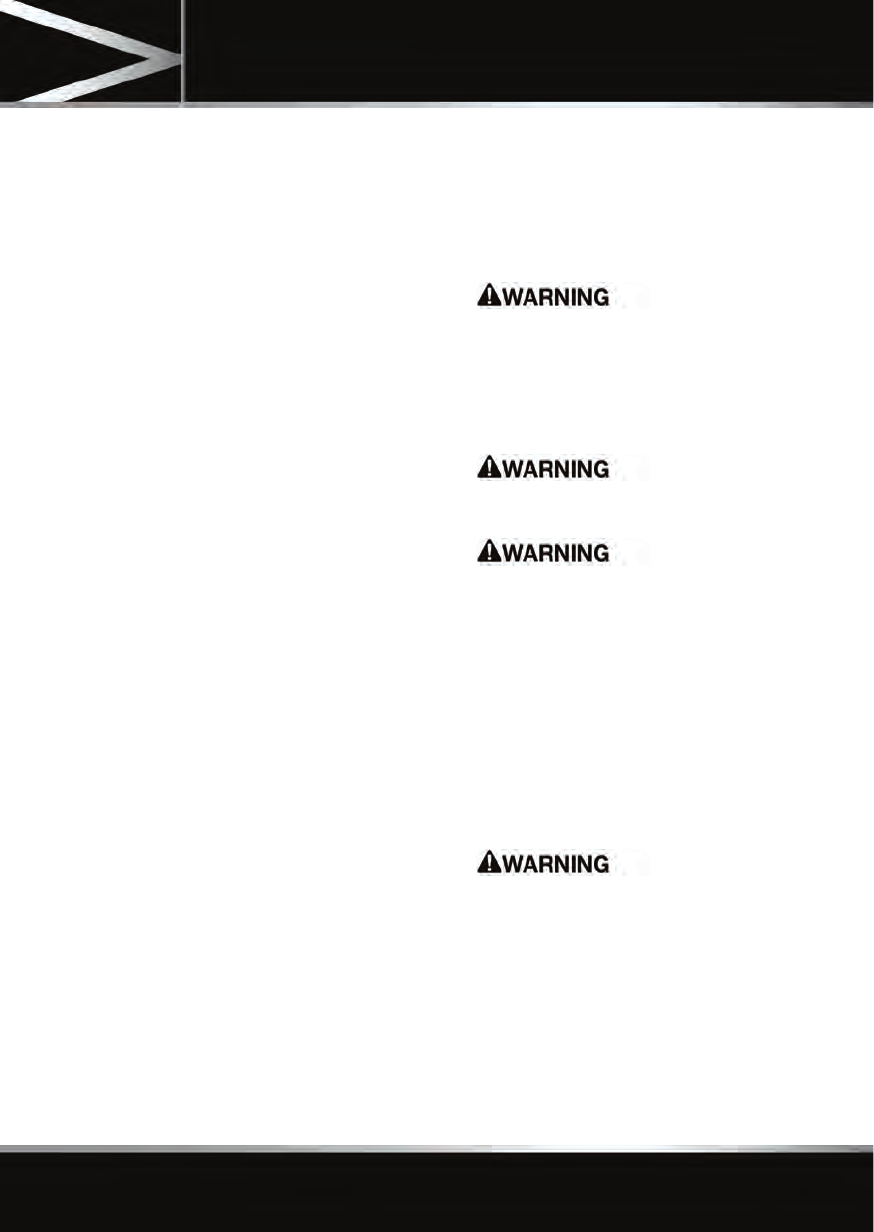
R
(FM8) SEMCON JLR OWNER GUIDE VER 1.00 NAS
LANGUAGE: english-NAS-en; MARQUE: jaguar; MODEL: XJ
Occupant safety
25
1. To change the child lock settings:
• Open the door to access the child
safety lock.
• Insert the emergency key into the slot
and rotate a quarter of a turn, to enable
or disable the interior door handle, as
required.
2. To install a LATCH anchorage child seat
(not in center rear seat position):
• Raise the head restraint on the relevant
seat.
• Locate the lower anchor bars which are
accessible through the gap between
the seat back and seat base. For child
seats fitted with rigid lower LATCH
connectors, insert the protective
guides supplied with the child seat as
shown.
• For child seats fitted with rigid lower
LATCH connectors, slide the child seat
locking mechanism into the protective
sleeves and onto the anchor bars. For
child seats fitted with non-rigid LATCH
connectors, connect the lower tether
strap hooks to the anchor bars and
tighten the straps.
• Test the security of the child restraint.
To do this, attempt to pull the restraint
away from the vehicle seat and twist
the restraint from side to side. Even if
the restraint appears secure, you
should still check the anchor points
visually to ensure correct attachment.
Note: Always ensure that if an upper tether
is provided, it is fitted and tightened
correctly.
3. To adjust the seat belt height:
• Press to release the catch.
• With the catch depressed, slide the
mechanism up or down to the required
height. Release the catch and ensure
the locking mechanism has engaged.
Ensure that the height is correctly adjusted
and the mechanism is locked in place before
driving. Do not attempt to adjust the seat belt
height once the vehicle is in motion. Doing so
may cause you to lose control of the vehicle
or incorrectly adjust the seat belt.
Do not use comfort clips or devices that
create slack in the seat belt system.
No modifications or additions should be
made by the user which will either prevent
the seat belt adjusting devices from
operating to remove slack, or prevent the
seat belt assembly from being adjusted to
remove slack. A slack seat belt offers a
greatly reduced level of occupant protection
in an impact and could result in serious injury
or death.
4. Draw the belt out smoothly, ensure that the
belt height, the seat, and your position on
the seat are correct.
Seat belts are designed to bear upon the bony
structure of the body, and should be worn low
across the front of the pelvis, chest and
shoulders, as applicable; wearing the lap
section of the belt across the abdominal area
must be avoided. Never wear the seat belt as
just a lap belt.


















